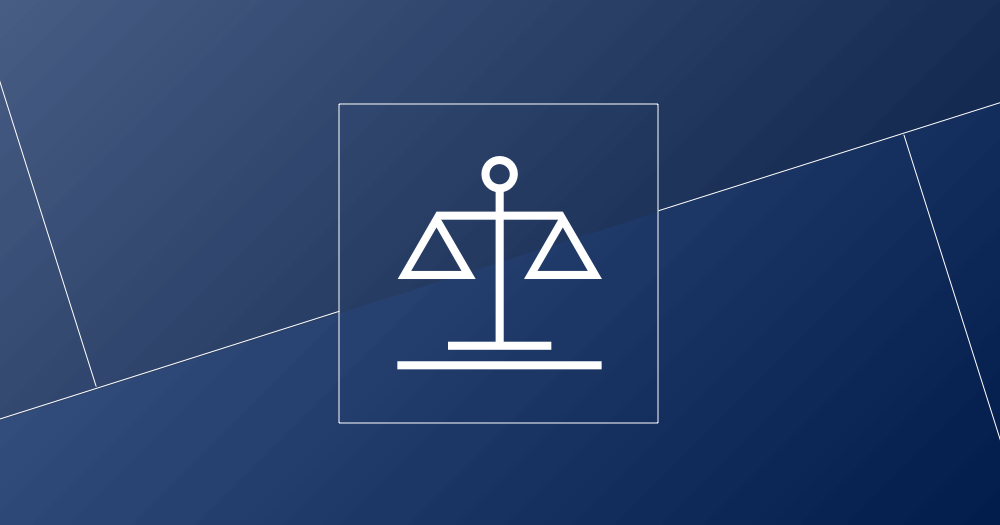The power of the web (and eCommerce) is in its universality. Access by everyone regardless of disability is an essential aspect.
~ Tim Berners-Lee, W3C Director and Inventor of World Wide Web.
Let every human irrespective of their impairments access your website and enjoy your content, products, and services. And the list does not end there — expanding your customer base, increasing search engine ranking, upping your brand popularity and much more benefits web accessibility for all has.
It is time for you to ensure web accessibility is not a preference, but a priority!
In this blog, let us understand the Accessibility Laws and Standards in Canada — one of the world’s leading countries in terms of development, outreach, and growth.
According to a survey in 2017, it says 22% of the total population are living in Canada with some form of disability. That number constitutes 6.2 million people (which is not a meager count).
This is the prime reason why the Canadian government introduced the bill The Accessible Canada Act (Bill C-81). It was brought into action in June 2018 by Kirsty Duncan, the Minister of Science and Sport and Persons with Disabilities, to remove the accessibility barriers in Information and Communication to make the digital websites accessed by the people with different forms of disabilities.
The survey by Statista, a market, and Consumer data company, says it is expected to have around 36.4 million website users (including eCommerce) by 2020.

And the next question which pops up now would be — How does the organization in Canada implement web accessibility in their websites? The fact is, making your websites accessible for all is not as complicated as it seems, and it is quite simple if you have a sound team in place or an influential agency with an in-depth understanding of the issue and laws.
Website owners can make their site web accessible by auditing and revamping the website design and features as per WCAG 2.1 requirements, which are accepted worldwide to emphasize accessibility standards. The organizations’ websites under the federal jurisdiction should comply with this act, and the non-compliance will lead to a fine up to $250,000.
One can wonder if there are any other accessibility laws in practice for website accessibility in Canadian provinces. Yes, of course, each province has its own accessibility laws by pursuing an inclusive approach to create a barrier-free country for all.
Accessibility for Ontarians with Disabilities Act (AODA)
Ontario is the first province in Canada to pass the Act for accessibility barriers in all forms in the country in 2005. By June 2014, it mandates the website compliance guidelines stressing the companies in Ontario to make their website accessibility compliant. The principal aspect of the Act is to remove accessibility barriers by 2025.
The websites need to be WCAG 2.1 Level AA compliant by January 2021, and any violation will lead to $100,000 per day as penalty.
AODA states, ”All public sectors, private and non-profit organizations with 50 or more than 50 employees, should have their website comply with WCAG 2.1 guidelines. The website content launched after 2012 or brand new public website or the website having significant changes (50 % change in design or features )should implement Level A compliance immediately.
The Accessibility for Manitobans Act (AMA)
The act was introduced in December 2013 to make Manitoba accessible for all people by 2023.
The standard for accessibility in Customer Service became a law. The standard for Website accessibility is under development, which is expected to follow the WCAG 2.1 requirements as per the federal law and other provinces.

Nova Scotia Accessibility Act
In April 2017, the Nova Scotia Accessibility Act was introduced to make the province more inclusive by 2030 by having a plan called ”Access by Design 2030”. The accessibility standards for Information and Communication services is in their priority list between the years 2018-2021, which follows WCAG 2.1 guidelines for the websites.
British Columbia Accessibility Act
The act was aimed to make British Columbia accessible by 2024 . They are having a plan called ”Accessible 2024” to make accessible internet and user focused websites to follow WCAG 2.1 guidelines.
This concludes that all the provinces in Canada and the Federal government are working towards making the country without any accessible barriers and more inclusive. Eager to know your website accessibility standards, reach out to our accessibility experts for accessibility audit.
If you have not thought about web accessibility earlier, it is time you do now! It is time every business, online stores, and websites in Canada take note of this to provide an inclusive web experience which every human can use.
Are you eager to know your website accessibility standards? Do you want to make your website accessible to all, but do not know where to start or how to? Well, you have arrived at the right place. Get in touch with DCKAP’s Accessibility Experts – we will conduct accessibility audits on your site and make the necessary web fixes in compliance with the Canadian Laws.
The sooner you do, the better you are doing for your business and to the world, making the internet a barrier-free and an inclusive place for all.
Contents




